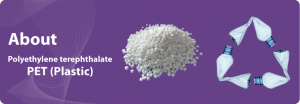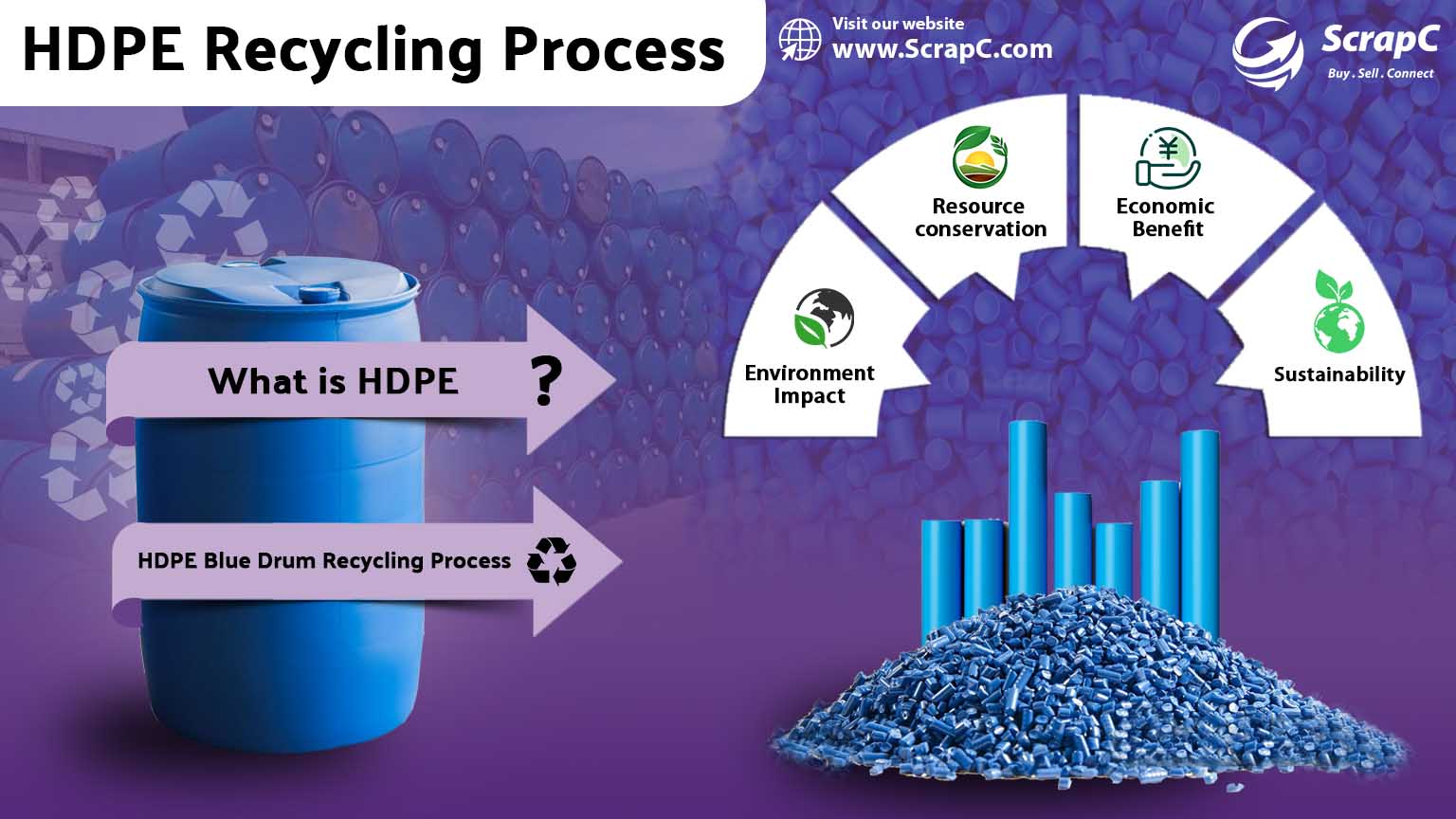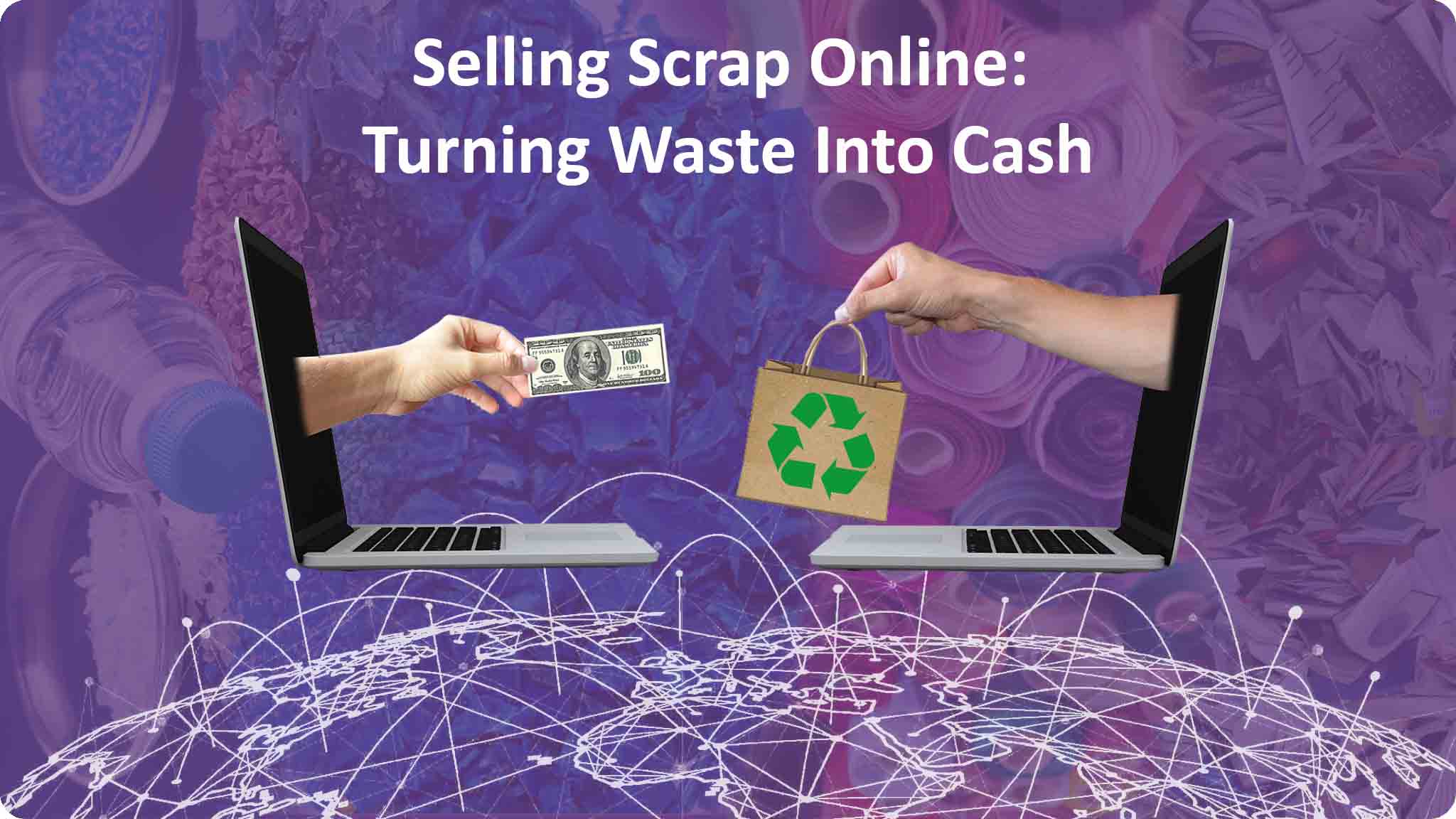Polyethylene Terephthalate (PET), a versatile polymer that has left an indelible mark on various industries. From its full form to its molecular structure, PET stands as a testament to the wonders of polymer science. In this comprehensive blog, we will unravel the mysteries of PET, exploring its uses, history, manufacturing process, structure, advantages, recycling, and crucial material properties such as density and melting point. Join us on a journey to discover the diverse facets of this remarkable material that has become an integral part of our daily lives.
PET Full Form in Plastic
The term “PET” stands for Polyethylene Terephthalate
What is PET?
Polyethylene Terephthalate(PET) is a type of thermoplastic polymer that belongs to the polyester family. It is synthesized through the polymerization of terephthalic acid and ethylene glycol, resulting in a versatile material with a wide array of applications. PET is renowned for its transparency, strength, and lightweight nature.

History of Polyethylene Terephthalate
The history of PET dates back to the mid-20th century when it was first synthesized. Initially introduced as a textile fiber, PET quickly gained popularity due to its durability and strength. Over the years, its applications expanded, and today, it is a ubiquitous material in our daily lives
PET Material Properties
PET possesses exceptional material properties, including high tensile strength, chemical resistance, and transparency. Its lightweight nature and barrier properties make it an ideal choice for packaging materials, while its durability is a key factor in the textile industry
PET Formula
The chemical formula for Polyethylene Terephthalate is (C10H8O4)n, representing the repeating units of terephthalic acid and ethylene glycol in the polymer chain
PET Polymer and Monomer
PET is formed through the polymerization of terephthalic acid and ethylene glycol. Terephthalic acid and ethylene glycol are the monomers that join together through a chemical process to create the PET polymer. This molecular arrangement gives PET its distinctive properties
PET Plastic Melting Point, Density and Temperature
PET has a specific melting point, which is around 255 degrees Celsius (491 degrees Fahrenheit). Understanding the melting point is crucial in various manufacturing processes, such as molding and shaping PET into different forms. A density ranging from 1.38 g/cm³.
Polyethylene Terephthalate Manufacturing Process
PET is synthesized through the polymerization of terephthalic acid and ethylene glycol. The process involves several steps, including esterification and polycondensation, resulting in the formation of PET resin. This resin can then be processed into various forms, such as fibers or sheets, depending on the intended application
Uses of Polyethylene Terephthalate (PET)
PET finds extensive use in the production of packaging materials, especially for beverages and food items. Its transparent and lightweight nature makes it an ideal choice for pet bottles, soda containers, and food packaging. Additionally, PET is employed in the textile industry for manufacturing fibers used in clothing and home textiles.
PET boasts several advantages, making it a preferred choice in the manufacturing industry. Its lightweight nature reduces transportation costs, while its excellent barrier properties ensure the preservation of food and beverages. PET is also known for its recyclability, contributing to sustainable practices.
PET in Polyester
Polyethylene Terephthalate plays a pivotal role in the creation of polyester, a widely used synthetic fiber in the textile industry. The PET polymer is spun into fibers, creating a durable and versatile material for clothing, home textiles, and more.
Polyethylene Terephthalate Structure
The molecular structure of PET is composed of repeating units of terephthalic acid and ethylene glycol, forming a long-chain polymer. This structure imparts the material with its unique combination of strength, transparency, and versatility
Pet Plastic Examples
Water Bottles: PET, prized for its transparency and recyclability, is the preferred choice for manufacturing water bottles.
Soda and Beverage Containers: PET plastic bottles, known for safety and durability, dominate the packaging of carbonated and non-carbonated beverages.
Food Packaging: PET’s exceptional barrier properties make it a staple in food packaging, from snacks to pre-packaged foods.
Clothing and Textiles: PET’s transformation into fibers fuels the textile industry, creating polyester fabrics widely used in clothing, home textiles, and accessories.
Cosmetic and Personal Care Packaging: PET’s clarity and versatility make it a popular choice for packaging cosmetics, shampoos, lotions, and personal care products.
Household Containers: PET’s presence extends to household items, with cleaning product containers, cooking oil bottles, and storage containers commonly crafted from this material.
Medicine and Pharmaceutical Bottles: PET ensures safety, durability, and chemical resistance in medicine bottles and pharmaceutical packaging.
Disposable Cups and Plates: PET is a prevalent material for disposable cups, plates, and food containers in the foodservice industry due to its convenience and reliability.
Polyethylene Terephthalate Manufacturing Process
PET is synthesized through the polymerization of terephthalic acid and ethylene glycol. The process involves several steps, including esterification and polycondensation, resulting in the formation of PET resin. This resin can then be processed into various forms, such as fibers or sheets, depending on the intended application
Polyethylene Terephthalate Recycling Process
PET recycling is a crucial aspect of environmental sustainability. The recycling process involves collecting PET products, sorting, cleaning, and then breaking them down into reusable PET resin. This closed-loop recycling helps reduce waste and minimizes the environmental impact of PET.
Polyethylene Terephthalate Characteristics
PET exhibits exceptional characteristics, including high tensile strength, chemical resistance, and transparency. Its versatility allows for a wide range of applications, from rigid containers to flexible fibers, making it a go-to material for various industries
Conclusion
Polyethylene Terephthalate (PET) emerges as a true marvel of modern materials science. Its evolution from a textile fiber to a key player in packaging and textiles reflects its adaptability and resilience. The uses, manufacturing process, and recycling efforts surrounding PET underscore its significance in promoting sustainability. As we appreciate the molecular intricacies, material properties, and real-world applications of PET, we acknowledge its role in shaping our present and contributing to a more sustainable future. Embrace the versatility, durability, and eco-friendly potential of PET as we continue to innovate and explore new horizons in polymer technology





